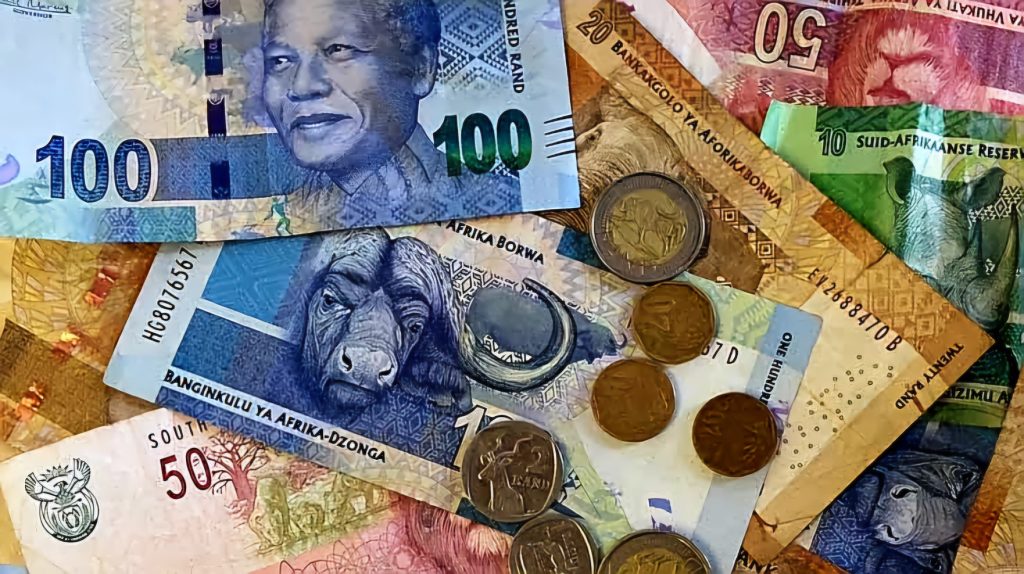The South African rand experienced a significant rally on Wednesday, reaching a new 20-month high against the U.S. dollar, a milestone that reflects increasing market confidence.
As of 0810 GMT, the rand was trading at 17.22 per dollar, marking a 0.3% increase from the previous day’s closing value. This surge represents the strongest position for the currency since early February 2023, indicating a robust turnaround.
Market analysts attribute this impressive performance of the rand to the positive sentiment generated by recent interest rate cuts from both the South African Reserve Bank (SARB) and the U.S. Federal Reserve. These moves have been viewed as measures to stimulate economic growth, leading to a favorable outlook for the currency.
Currency strategist Andre Cilliers from TreasuryONE commented that the rand is expected to trade within the range of R17.20 to R17.40 in the near term, suggesting a degree of stability despite recent fluctuations.
Investors are eagerly awaiting the release of August’s producer inflation data on Thursday, which is anticipated to provide further insights into the dynamics of price pressures within the South African economy. The SARB’s decision to lower interest rates last week was significantly influenced by a notable slowdown in consumer inflation, reinforcing the need for ongoing monitoring of economic indicators.
In addition to currency movements, recent data revealed a 0.7% month-on-month increase in the composite leading business cycle indicator for July. This indicator encompasses various economic factors, including vehicle sales, business confidence, and money supply, and is crucial for understanding the overall health of South Africa’s most industrialized economy.
The Johannesburg Stock Exchange’s Top-40 index saw a positive shift, rising by 1.5% and achieving a new peak earlier in the trading session, which reflects broader investor confidence in the market.
On the other hand, the yield on South Africa’s benchmark 2030 government bond exhibited slight weakness, increasing by 1.5 basis points to 8.86%. This uptick in yield may signal cautious investor sentiment regarding future economic conditions.

